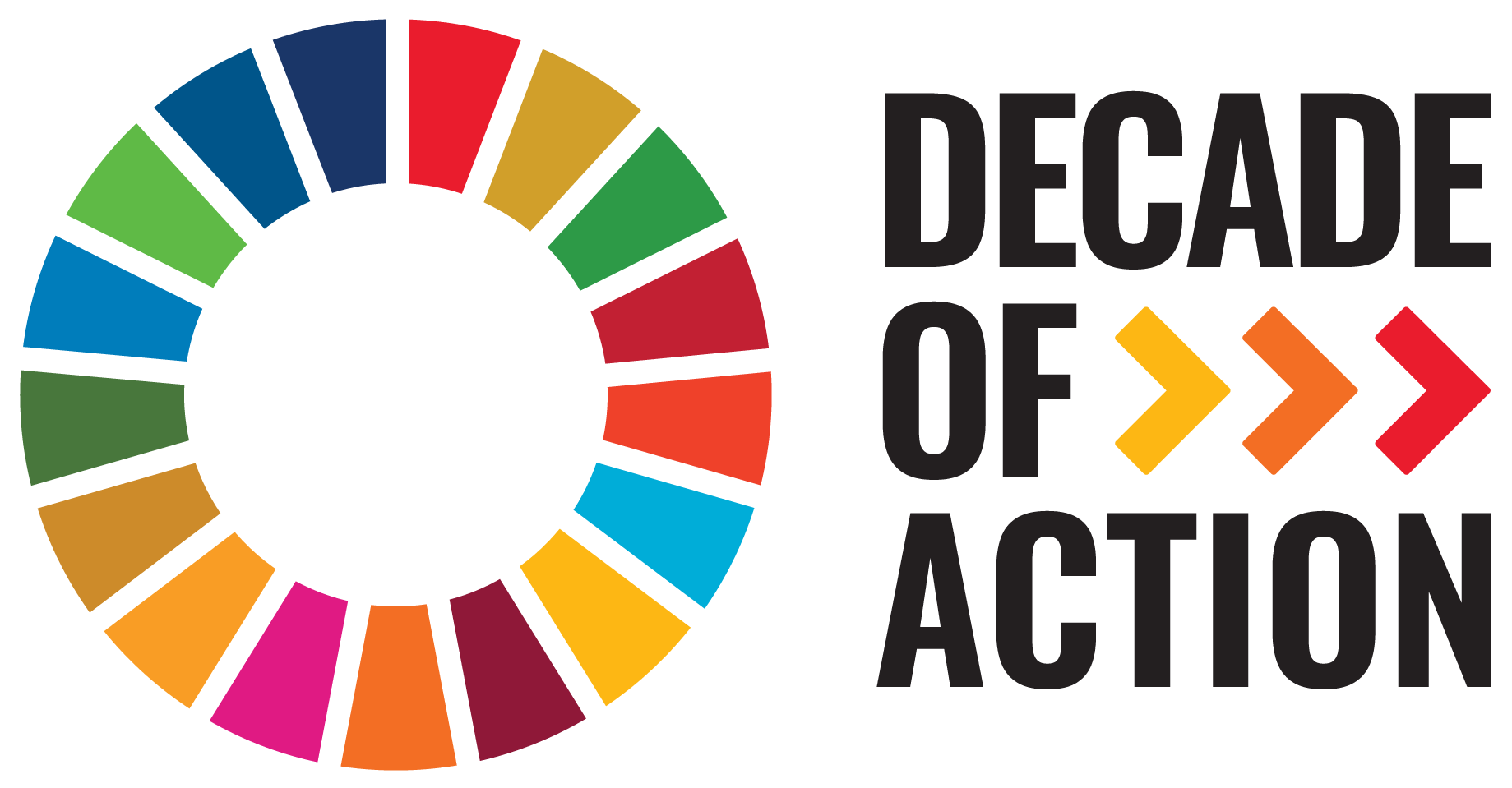Atmospheric Brown Clouds: Emission Inventory Manual

Date
2013Author
United Nations Environment Programme
Asian Institute of Technology
Institute for Advanced Sustainability Studies
Citation Tool
Bibliographic Managers
RT Generic T1 Atmospheric Brown Clouds: Emission Inventory Manual A1 United Nations Environment Programme, Asian Institute of Technology, Institute for Advanced Sustainability Studies YR 2013 LK https://wedocs.unep.org/20.500.11822/21482 PB AB TY - GEN T1 - Atmospheric Brown Clouds: Emission Inventory Manual AU - United Nations Environment Programme, Asian Institute of Technology, Institute for Advanced Sustainability Studies Y1 - 2013 UR - https://wedocs.unep.org/20.500.11822/21482 PB - AB - @misc{20.500.11822_21482 author = {United Nations Environment Programme, Asian Institute of Technology, Institute for Advanced Sustainability Studies}, title = {Atmospheric Brown Clouds: Emission Inventory Manual}, year = {2013}, abstract = {}, url = {https://wedocs.unep.org/20.500.11822/21482} } @misc{20.500.11822_21482 author = {United Nations Environment Programme, Asian Institute of Technology, Institute for Advanced Sustainability Studies}, title = {Atmospheric Brown Clouds: Emission Inventory Manual}, year = {2013}, abstract = {}, url = {https://wedocs.unep.org/20.500.11822/21482} } TY - GEN T1 - Atmospheric Brown Clouds: Emission Inventory Manual AU - United Nations Environment ProgrammeUnited Nations Environment Programme, Asian Institute of TechnologyAsian Institute of Technology, Institute for Advanced Sustainability Studies UR - https://wedocs.unep.org/20.500.11822/21482 PB - AB -View/Open
Item Statistics
Display item statisticsMetadata
Show full item recordDescription
Atmospheric brown clouds (ABCs) are widespread layers of regional scale plumes of air pollution consisting of a mixture of anthropogenic sulfate, nitrate, organics, black carbon, dust, and fly ash particles. Recent scientific findings suggest that the impacts of ABCs, which include short-lived climate pollutants (SLCPs) such as black carbon and tropospheric ozone, have reached a critical point that raises the need for urgent action. An Atmospheric Brown Clouds (ABC) study published in 2010 (Ramanathan and Xu, 2010) showed that mitigation of all four SLCPs (black carbon, methane, ozone precursors, and HFCs) using maximum available technologies will reduce global warming by 0.6 degree C by 2050. Prompted by this finding and other scientific studies, UNEP commissioned a global assessment of black carbon and tropospheric ozone. The UNEP report was published in 2011. It confirmed the ABC study and suggested that widespread and swift implementation of a small number of already available mitigation measures targeting black carbon and methane emissions will decrease global warming by 0.5 degree C. The report also showed that measures to control SLCPs can prevent crops losses of 30 to 140 million tons and some 0.7 to 4.6 million premature deaths globally. Those regions that cut down significant levels of emissions will benefit most.
Collections
Document Viewer
To read more, scroll down below.

